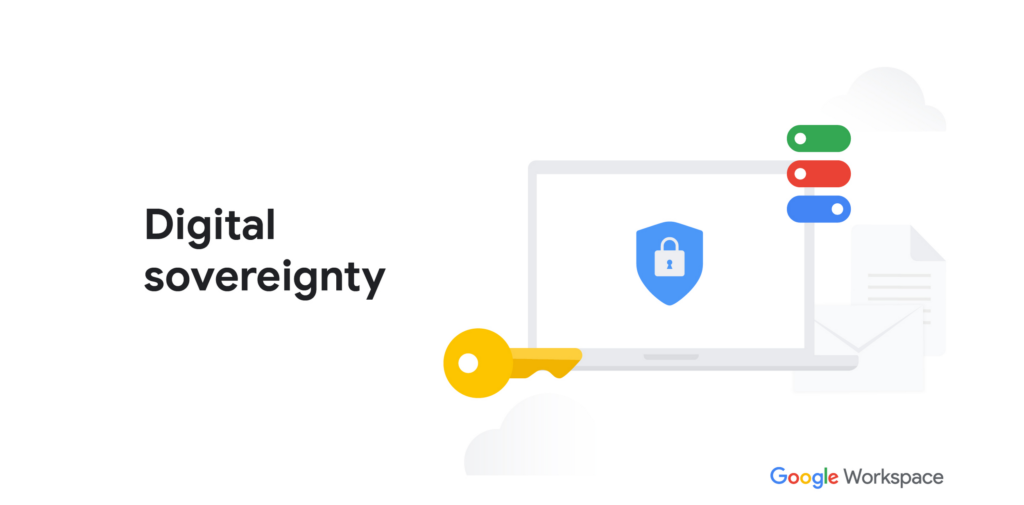
In today’s digital landscape, the need for secure communication channels is more critical than ever. With the increasing sophistication of cyber threats, organizations, especially those handling sensitive or classified information, must implement robust security measures. Google has stepped up to this challenge by enhancing Gmail’s security capabilities through the integration of PIV/CAC smart cards and client-side encryption, offering a fortified communication environment for businesses and government agencies alike.
Understanding PIV/CAC Smart Cards
PIV (Personal Identity Verification) and CAC (Common Access Card) smart cards are secure identification cards used primarily by U.S. federal employees and contractors. These cards contain embedded microchips that store and process data securely, ensuring that only authorized individuals can access sensitive information and systems.
PIV/CAC cards provide several security benefits:
Strong Authentication: They utilize multifactor authentication (something you have – the card, and something you know – a PIN).
Encryption: They enable secure encryption and decryption of data.
Digital Signatures: They facilitate secure digital signatures, ensuring the integrity and authenticity of communications.
Enhancing Gmail Security with PIV/CAC Integration
By integrating PIV/CAC smart card authentication with Gmail, Google allows organizations to leverage these strong authentication methods for securing their email communications. This integration ensures that only individuals with the appropriate credentials can access sensitive emails, significantly reducing the risk of unauthorized access.
Key benefits include:
Improved Access Control: Gmail can restrict access to sensitive emails to only those with valid PIV/CAC credentials.
Enhanced Phishing Protection: Even if a user’s password is compromised, without the physical smart card, unauthorized access remains impossible.
Seamless User Experience: Users can continue to use Gmail’s intuitive interface while benefiting from the added security of PIV/CAC authentication.
Client-Side Encryption: Taking Security a Step Further
Client-side encryption (CSE) is a powerful feature that adds an additional layer of security by encrypting data on the client’s device before it is sent to Google’s servers. This means that Google’s servers store the encrypted data, but the encryption keys remain with the user, ensuring that only authorized users can decrypt and read the data.
Benefits of Client-Side Encryption in Gmail
Enhanced Privacy: With client-side encryption, sensitive email contents are encrypted on the sender’s device and can only be decrypted by the intended recipient. This ensures that even Google cannot access the email content, providing an unparalleled level of privacy.
Data Integrity: Client-side encryption ensures that emails have not been tampered with during transit, as only the sender and recipient hold the decryption keys.
Regulatory Compliance: Many industries, including healthcare and finance, have strict regulations regarding data privacy and security. Client-side encryption helps organizations meet these regulatory requirements by ensuring that sensitive data is always encrypted.
Implementing PIV/CAC and Client-Side Encryption in Gmail
Integrating PIV/CAC smart cards and client-side encryption into Gmail involves several steps:
PIV/CAC Card Setup: Organizations need to ensure that all users have issued PIV/CAC cards and necessary middleware installed on their devices.
Gmail Configuration: Administrators must configure Gmail to accept PIV/CAC credentials for user authentication. This involves integrating with existing identity and access management systems.
Enabling Client-Side Encryption: To enable client-side encryption, organizations must set up the necessary encryption infrastructure, including key management services that are compliant with their security policies.
Conclusion
In an age where data breaches and cyber threats are becoming increasingly common, enhancing email security is not just a luxury but a necessity. By integrating PIV/CAC smart card authentication and client-side encryption into Gmail, Google provides a highly secure communication platform that meets the stringent security requirements of modern organizations.
These advanced security features not only protect sensitive information from unauthorized access but also ensure the privacy and integrity of communications, making Gmail a powerful tool for secure and compliant business communications. As cyber threats continue to evolve, adopting such robust security measures will be crucial in safeguarding sensitive data and maintaining organizational trust.
